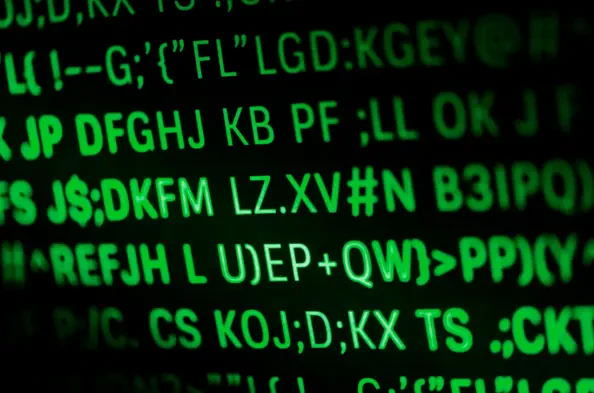The cybersecurity sector constantly evolves, matching the pace of growing threats from malicious entities like ransomware. Among the most daunting menaces are ransomware attacks, which significantly impact various sectors, with institutions grappling to protect data integrity. Critical areas, including technology, government, and education, have frequently been targets, amplifying the significance of robust cybersecurity defenses. This landscape constantly evolves as ransomware offenses become more sophisticated and perpetrators employ advanced techniques to bypass security measures.
FunkSec Ransomware Emergence and Impact
Introduction and Rise of FunkSec
FunkSec ransomware, gaining notoriety after its emergence in late 2024, exemplifies the issues faced within this domain. This malicious software specifically targeted organizations across the United States, India, and Brazil, causing significant disruption in technology, government, and education sectors. The perpetrating group attracted attention due to the rapid spread of their attacks. Initial analysis suggested that the group was comprised of thrill-seeking amateur hackers utilizing artificial intelligence tools to develop complex encryption methods to gain unwanted attention. It is notable that their operations appeared to have stalled, likely indicating the dissolution of their network or pivoting tactics.
Technical Analysis of FunkSec Encryption
FunkSec’s operations featured sophisticated technological underpinnings, employing the Rust programming language—a favorite among ransomware developers for its speed and abilities to evade detection. The ransomware utilized advanced encryption algorithms, particularly Chacha20 and Poly1305 via the orion-rs library, ensuring robust data integrity while massively increasing file sizes by around 37%. Such encryption intricacies formed considerable barriers for affected entities attempting to reclaim access to their files. In a positive turn of events, cybersecurity firms released a free decryptor through the collaborative No More Ransom project, successfully providing victims with a method to regain access to their data.
Challenges in Combating Ransomware
Confronting the menace of ransomware is fraught with difficulties spanning technological, regulatory, and market-driven challenges. Technological advancements constantly shift the playing field, requiring entities to maintain pace with defensive strategies. Meanwhile, regulatory environments adapt to encompass newer threats, yet their implementation faces practical hurdles amid burgeoning executive demands. Organizations must adopt multi-faceted strategies to safeguard against these threats, combining technological solutions with sound policy guidelines and strategic data backups to mitigate risks.
Regulatory and Compliance Perspectives
Addressing the ransomware threat requires comprehensive regulatory and compliance strategies. Regulations impacting ransomware defenses dictate stringent protocols and measures for safeguarding sensitive data. Compliance standards ensure organizational frameworks address these risks through robust security architectures, providing accountability and benchmarks to measure efficacy. Such standards are critical for monitoring organizational readiness while dictating schemes to follow in response to potential breaches, preserving a proactive rather than reactive posture.
Future Directions in Ransomware Mitigation
Innovative technologies, including artificial intelligence and machine learning-based solutions, show promise in altering the rules of engagement against ransomware. Predictive analytics, combined with proactive monitoring systems, form part of emerging methods pinpointing potential breaches before culmination. Meanwhile, consumer demands are shifting toward services that ensure flexibility and ease of integration, likely leading to disruptive developments in the cybersecurity market. As technologies amalgamate with improved governance frameworks, the landscape of ransomware threats will observe substantial transformation in the ensuing years.
Conclusion and Recommendations
The release of a free decryptor for FunkSec ransomware stands as a testament to the evolving capability of cybersecurity defenses in the face of escalating threats. This development provided immeasurable respite for affected entities, signaling an optimistic outlook for combating similar threats. Organizations encountering ransomware threats should invest in updated security systems, robust backups, and prioritize early detection technologies. The cybersecurity industry holds growth potential and opportunities within mitigation strategies and technological innovations. These advancements, coupled with global cooperation, set the stage for a secure future, reducing vulnerabilities and threats posed by ransomware.






